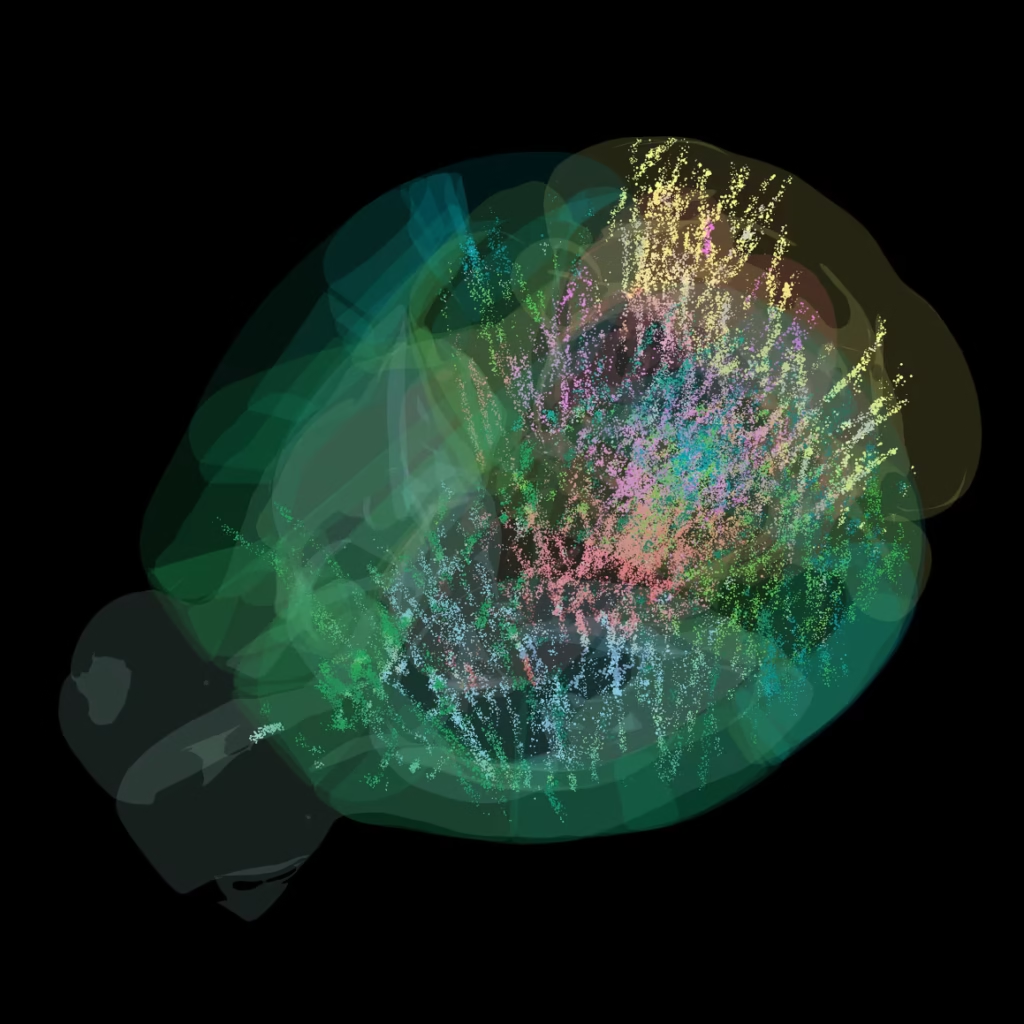In a landmark breakthrough, an international team of neuroscientists has created the first brain-wide activity map of decision-making, challenging long-held assumptions about how the brain makes choices. The project, led by the International Brain Laboratory, tracked activity across more than 600,000 neurons in 139 mice, covering nearly the entire brain.
For decades, scientists believed that decision-making was concentrated in specialized regions such as the prefrontal cortex. The new findings show something far more complex: decision-making lights up the brain like a Christmas tree, involving hundreds of regions across sensory, motor, and reward systems. This discovery shifts the model of cognition from localized processing to distributed networks that fire together during moments of choice.
The study used high-density Neuropixels probes to record neural signals while the mice performed a video-game-style task, turning a steering wheel in response to visual cues. By standardizing training and methodology across 22 labs in Europe and the United States, the team ensured that the data was consistent and reproducible, making it one of the most comprehensive neuroscience collaborations in history.
The implications of the research extend far beyond basic science. Understanding how decisions arise across brain networks could reshape treatments for disorders such as schizophrenia and Parkinson’s, both of which involve impaired decision-making. The open release of this massive dataset also provides a global resource for researchers to explore new questions about cognition, expectation, and learning.
Like the Human Genome Project, this brain map sets a precedent for large-scale, collaborative science. It shows that to decode the mysteries of the brain, scientists may need to think less about isolated regions and more about how the entire system operates as a connected whole.


